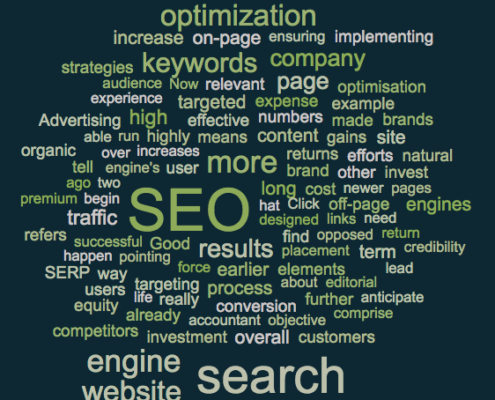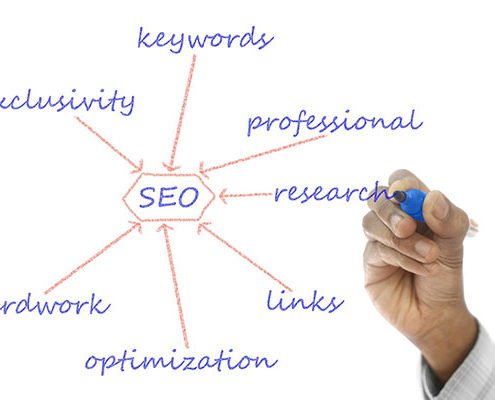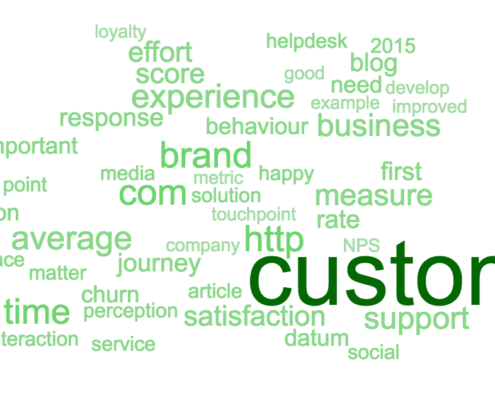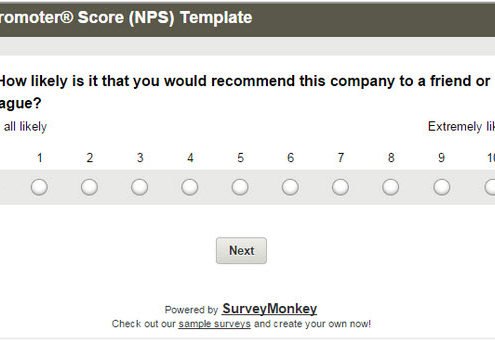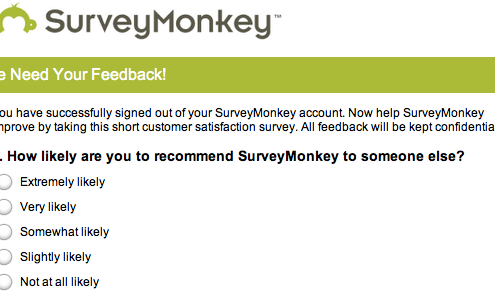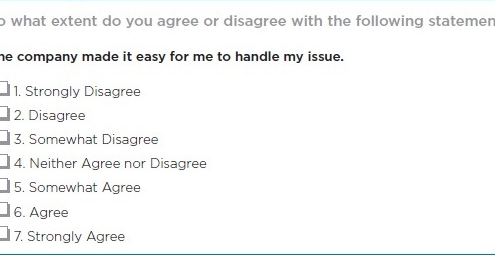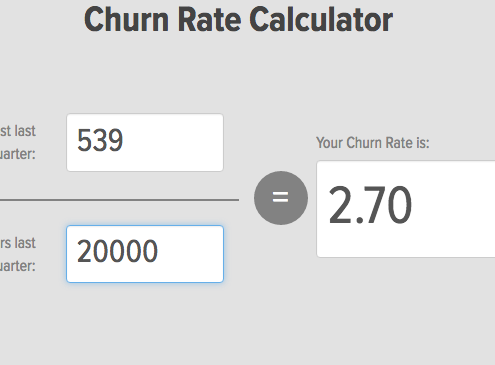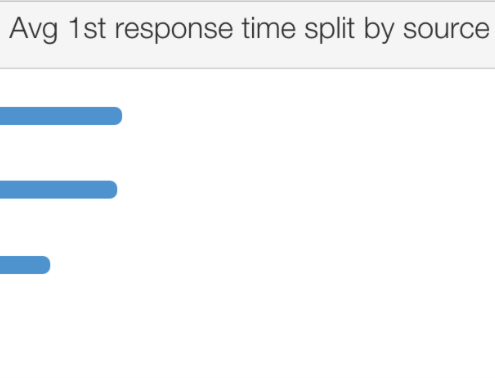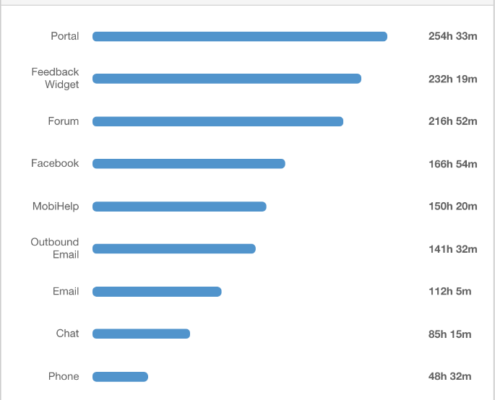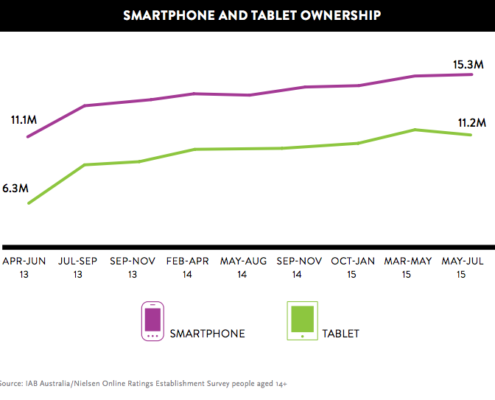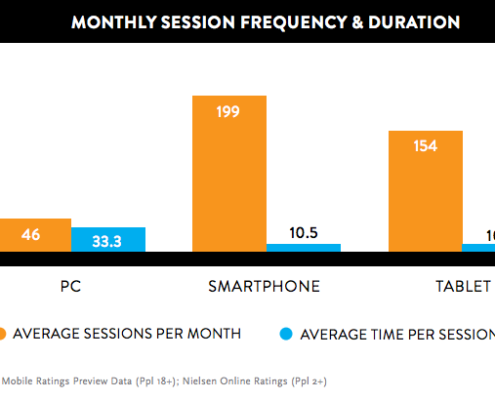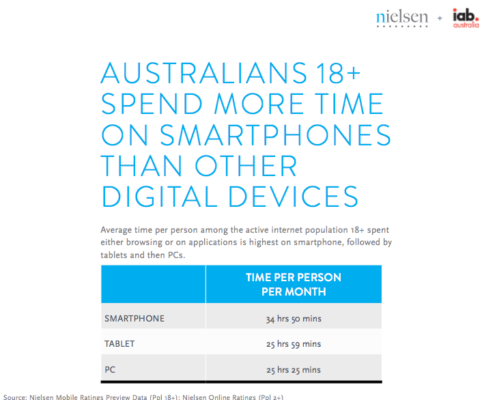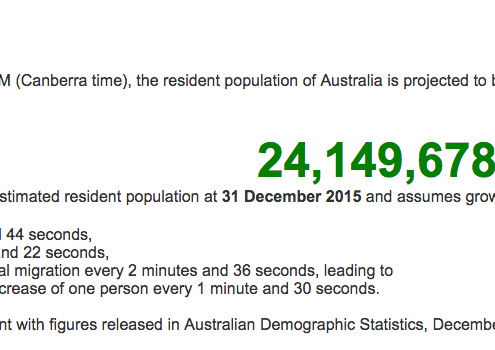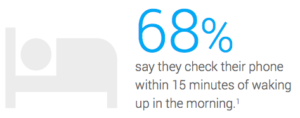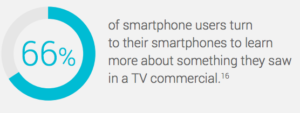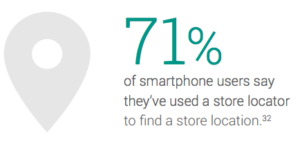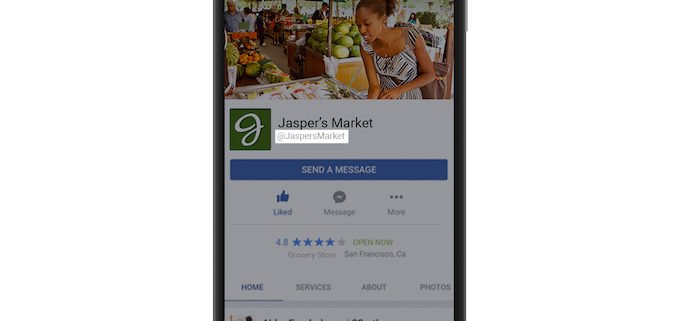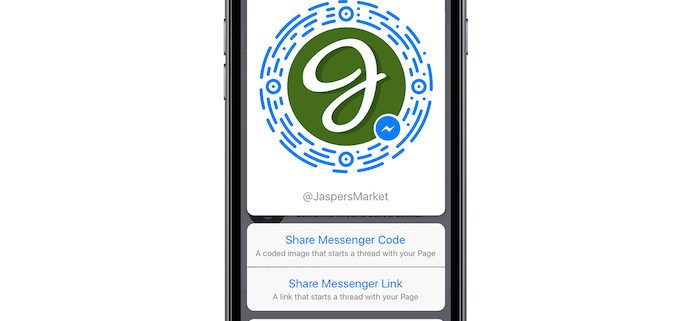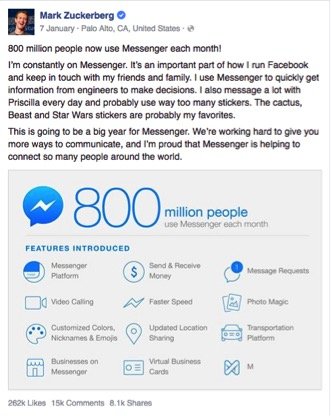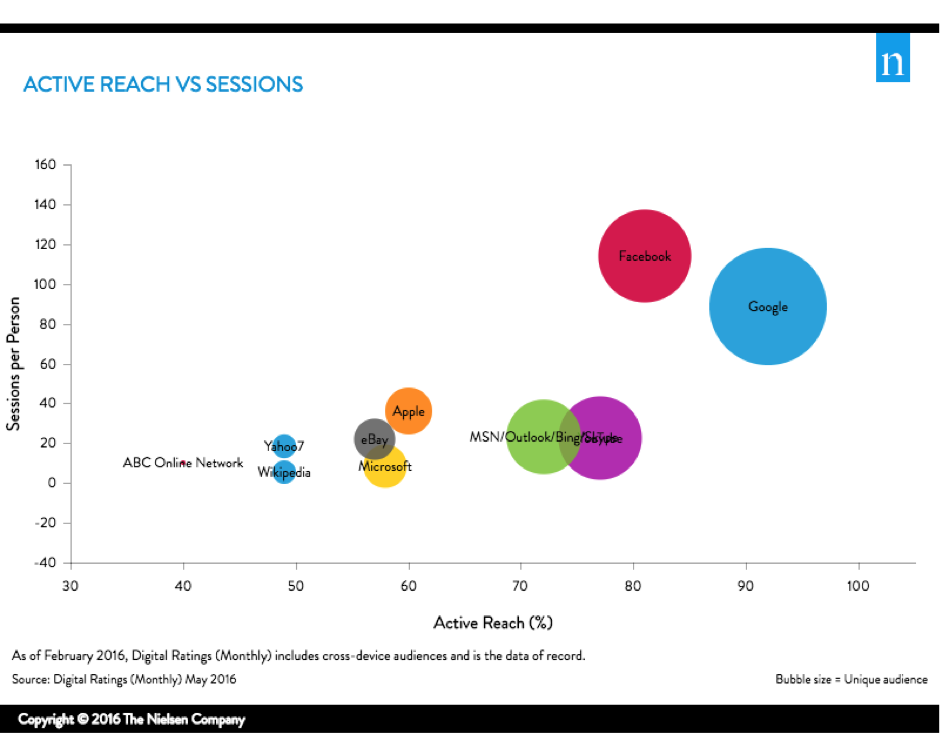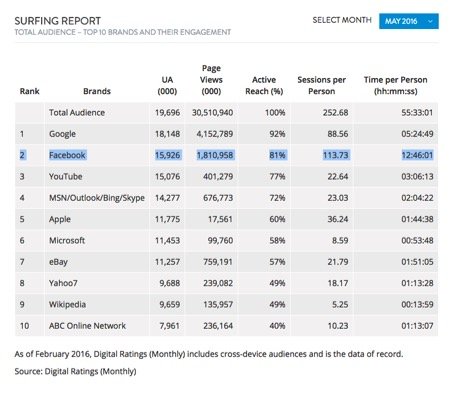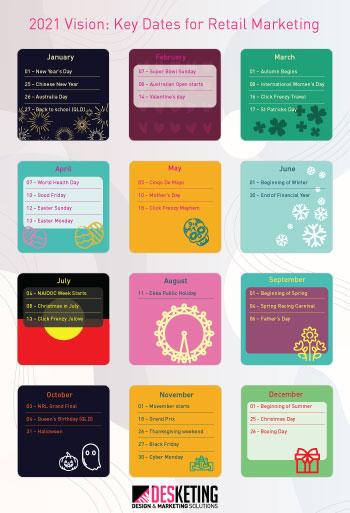This week we look at traditional marketing and digital marketing. This 5-minute read won’t be the final word, but you will have enough to think about what is best for your business. Traditional or digital?
You’re thinking of marketing your company’s products and services. Like every other company, you feel you need and want a website. You’re also thinking SEO, PPC, Twitter, eDMs, email marketing and social media. How about flyers, brochures, print advertisement in the local papers, 30-second time slot on the local radio or advertising on that billboard you pass by every morning on your way to work? Does any of that still work?
Death Prophecy of Print
Print is dead. Uh-huh.
We were promised, or so, the death of print since the 1990s. It is like the prophecy that never renounces itself or thoroughly crystallises. In Australia, we even began participating in the 2016 Census online.1 But that should be another story on its own.
In the UK, they are experiencing circulation growth of British current affairs magazines such as The New Statesman, Private Eye and The Spectator.2 The ABC reported half of the news and current affairs magazines they audited, increased their circulations in 2015.3
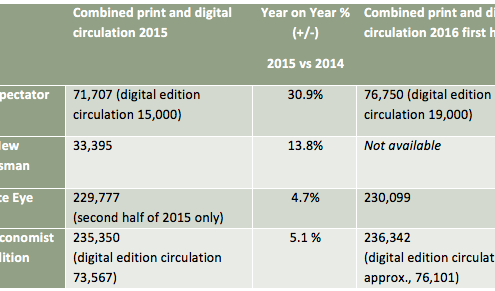
Figures taken from PressGazette source3,4: http://www.pressgazette.co.uk/mag-abcs-price-cut-and-give-away-copies-help-cosmopolitan-lead-growth-womens-fashion-and-lifestyle/ & http://www.pressgazette.co.uk/magazine-abcs-private-eye-print-sales-rise-to-30-year-high-as-economist-reports-1-5m-global-circulation/
In India, you will find the largest English-language newspaper circulation. Her newspaper industry grew two-thirds to US$4.37 billion in 2010 from US$2.64 billion in 2005 according to EY.5 KPMG estimates regional Indian newspapers will grow between 12% to 14% for the next few years.5 Bear in mind, internet access is not prevalent in most areas of India. Radio, TV and newspapers remains the bread-and-butter channels of disseminating information there.5
In Australia, Fairfax Media effected seven rounds of redundancies since 2004. Its most recent in March 2016 impacting 120 journalists.6,7 The company has also closed down two news print sites, newsrooms, foreign bureaus, reported print advertising revenue down 14% in February 2016 and announced a major restructure where they waved “bye” to the editor-in-chief of the Age – Andrew Holden.7,8 Despite all that, in a released statement they still maintained they would continue to publish across print and digital.7
Newspaper print is a die-hard breed despite the rise and rise of digital.
The Future Paved with Print and Digital
Traditional has proven itself
As easy as it is to realise digital marketing is growing at the expense of traditional marketing methods, it is just as straightforward to acknowledge that traditional marketing still works. Certainly, there hasn’t been sufficient evidence to suggest we should write off classic advertising methods mainly because it has proven to work and still does.
We have also been exposed to traditional marketing way longer than digital marketing and it can easily reach a large audience, giving great exposure. That exposure breeds familiarity. Innate qualities within the human judgement and thinking process favours what we are familiar with. 9,10 Simply put, traditional marketing is familiar, trusted and we like it.
Use Digital to do some or more of your talking
The other reality is that the core principles of marketing hasn’t really changed, but the way we communicate has and we have also developed new tools to do that through the emergence of the internet and social media.
Each advertising medium carry their own strengths and weaknesses. It is important to understand each communication channel, so as to choose the most appropriate, to best deliver your message to your audience.
Have the Best of Both Worlds
Finding that balance
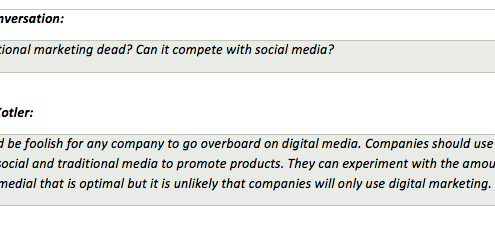
Excerpt of Q&A between The Conversation and international marketing expert Philip Kotler sourced from http://theconversation.com/qanda-philip-kotler-on-whether-traditional-marketing-is-dead-34121
Also, the best of traditional and digital marketing have already amalgamated. For example, we used to only have paper panel billboards. Today we also have digital billboards – alight with LEDs and it’s a smart application of new digital technology.
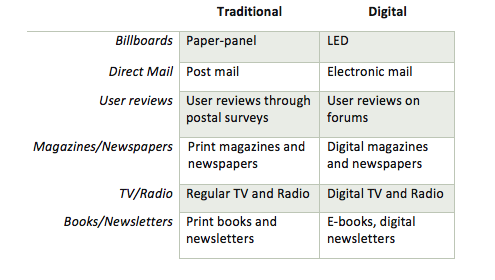
Traditional and Digital Marketing Applications
Message, channel, customer
Craft the customer’s journey as to how you want the customer to know your brand, product or service.
- Disseminate your brand and information through digital billboard, TV and print advertisements – incorporate “call-to-action” prompting the audience to look for more information on your website
- On your website, continue those leads by building them into your database
- Follow up those database leads with digital marketing tactics like social media, eDMs to build relationships with those customers
By integrating the best of both traditional and digital marketing, you expose your brand to more audiences, and you also cater to targeted audience demographically. You want to reach the masses and build personal relationships at different points of that customer journey.
Know and understand your customer, know what message you want to send them and choose the most appropriate communication channel.
Reach out to us. Desketing can help you define the customer journey for your business and build that winning marketing strategy.
Other related reading
6 Traditional Advertising Strategies That Still Work
http://yfsmagazine.com/2015/08/05/6-traditional-advertising-strategies-that-still-work/
Why Ebooks Are Inspiring A New Age of Print
http://www.huffingtonpost.com.au/entry/ebooks-new-age-print_n_2040602
92 Percent of Students Prefer Print Books, New Study Shows
http://www.huffingtonpost.com.au/entry/print-textbooks-vs-ebooks_us_56ba4091e4b0b40245c4534e
Paper Beats Digital In Many Ways, According to Neuroscience
http://www.forbes.com/sites/rogerdooley/2015/09/16/paper-vs-digital/#6be50b721aa2
References
- Australian Bureau of Statistics. 2016. Census of Population and Housing. [ONLINE] Available at https://stream20.census.abs.gov.au/eCensusWeb/welcome.jsp#top2. [Accessed 12 Aug 2016].
- The Guardian. 2016. Current affairs magazine are defying the death of print. [ONLINE] Available at https://www.theguardian.com/media-network/2016/mar/14/current-affairs-magazines-defying-death-print. [Accessed 12 Aug 2016].
- 2016. Current affairs magazine ABCs, 2015: Spectator, New Statesman, Private Eye and Economist all grow in election year. [ONLINE] Available at http://www.pressgazette.co.uk/current-affairs-magazine-abcs-2015-spectator-new-statesman-private-eye-and-economist-all-grow. [Accessed 12 Aug 2016]
- 2016. Magazine ABCs: Private Eye print sales rise to 30-year-high as Economist reports 1.5m global circulation. [ONLINE] Available at http://www.pressgazette.co.uk/magazine-abcs-private-eye-print-sales-rise-to-30-year-high-as-economist-reports-1-5m-global-circulation/. [Accessed 12 Aug 2016]
- 2016. Print Media Isn’t Dead, It’s Just Moved. [ONLINE]. Available at http://www.forbes.com/sites/freddiedawson/2016/01/31/print-media-isnt-dead-its-just-moved/#46186dea9dc8. [Accessed 12 Aug 2016].
- The Conversation. 2016. Journalism isn’t dying – there’s even room for optimism about print. [ONLINE] Available at http://theconversation.com/journalism-isnt-dying-theres-even-room-for-optimism-about-print-56622. [Accessed 12 Aug 2016].
- The Guardian. 2016. Fairfax Media journalists on strike until Monday after 120 jobs axed. [ONLINE] Available at https://www.theguardian.com/media/2016/mar/17/fairfax-media-to-shed-120-journalists-in-attempt-to-slash-costs. [Accessed 12 Aug 2016].
- The Guardian. 2016. The Age editor-in-chief Andrew Holden quits as Fairfax Media restructures. [ONLINE] Available at https://www.theguardian.com/media/2016/feb/17/the-age-editor-in-chief-andrew-holden-quits-as-fairfax-media-restructures . [Accessed 12 Aug 2016].
- CustomerThink Corporation. 2016. Why Traditional Marketing Hasn’t Died. [ONLINE] Available at http://customerthink.com/why-traditional-marketing-hasnt-died/ . [Accessed 12 Aug 2016].
- 2016. Mere-exposure effect. [ONLINE] Available at https://en.wikipedia.org/wiki/Mere-exposure_effect. [Accessed 12 Aug 2016].
Keep up to date with our latest news

